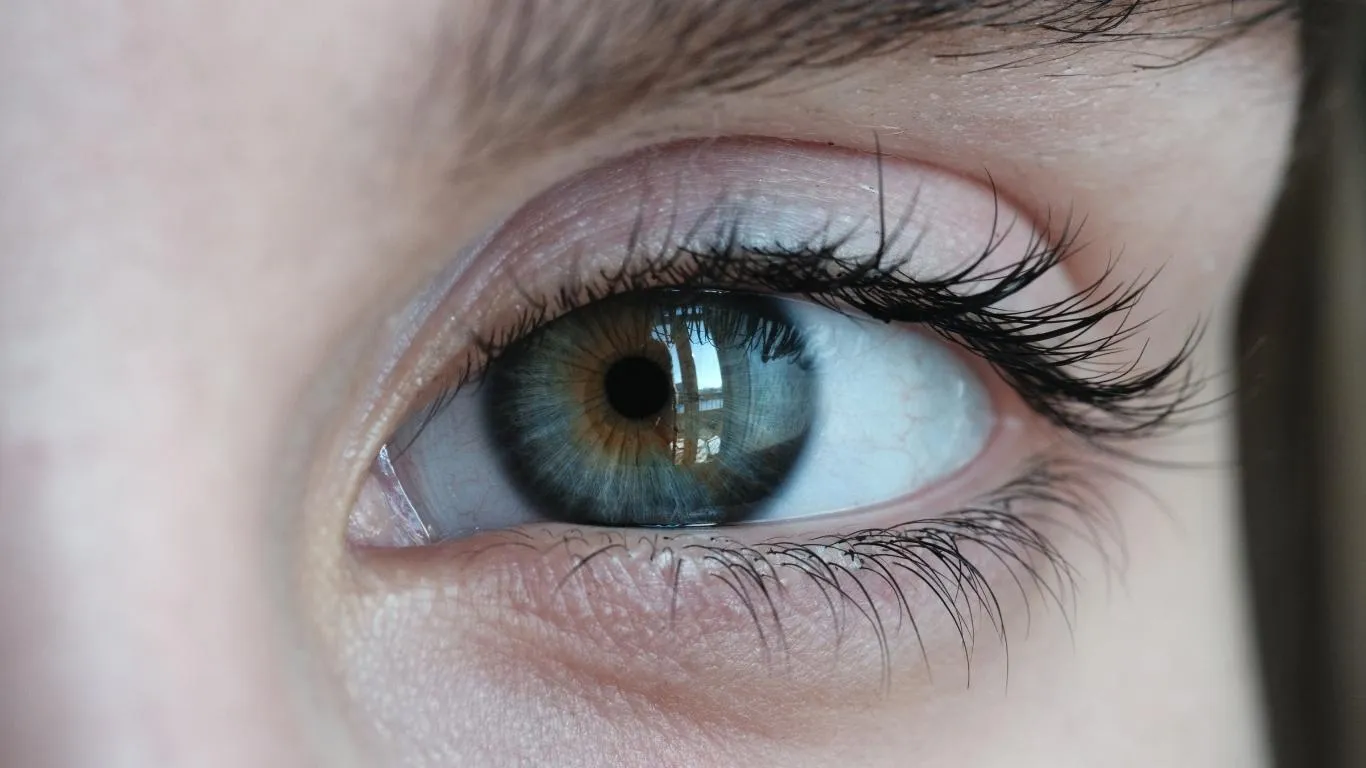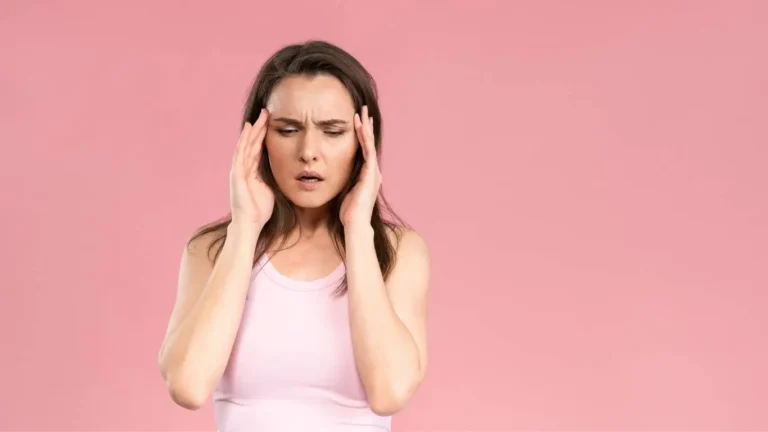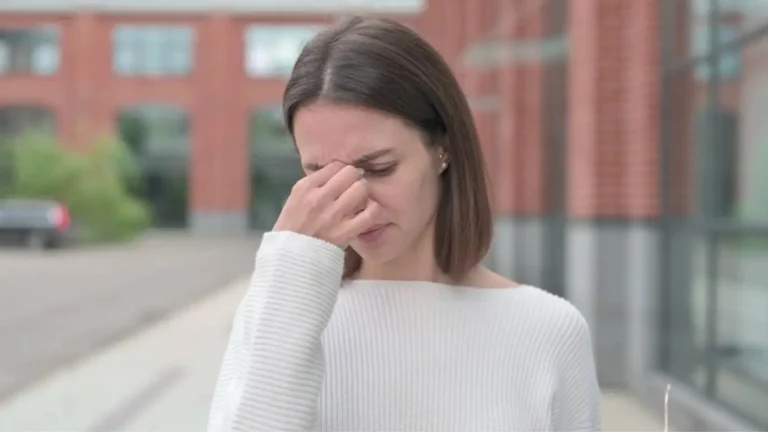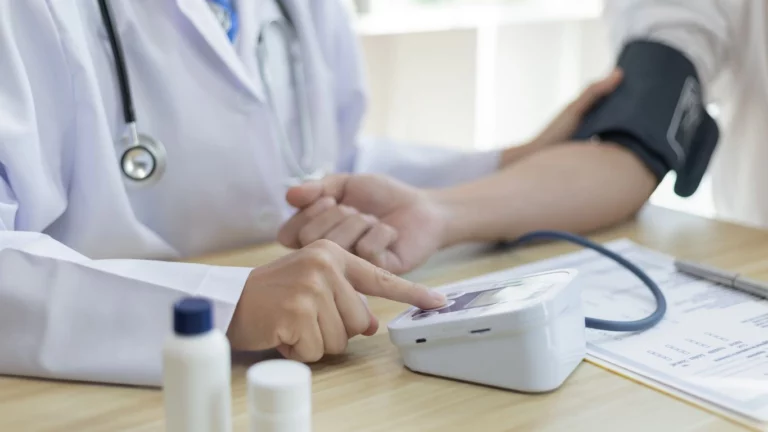Why Floaters That Look Like Chains or Strands Might Mean Trouble
Ever looked up at a bright sky or a white wall and noticed little thread-like shapes floating across your vision? You try to blink them away, rub your eyes, maybe even shift your head — but they stick around. For years, I thought these were just normal quirks of tired eyes. It wasn’t until I started noticing floaters that looked like chains or strands — not the usual specks or dots — that I realized something might be off. And if you’re seeing the same thing, you’re definitely not alone.
What Are Floaters That Look Like Chains or Strands?
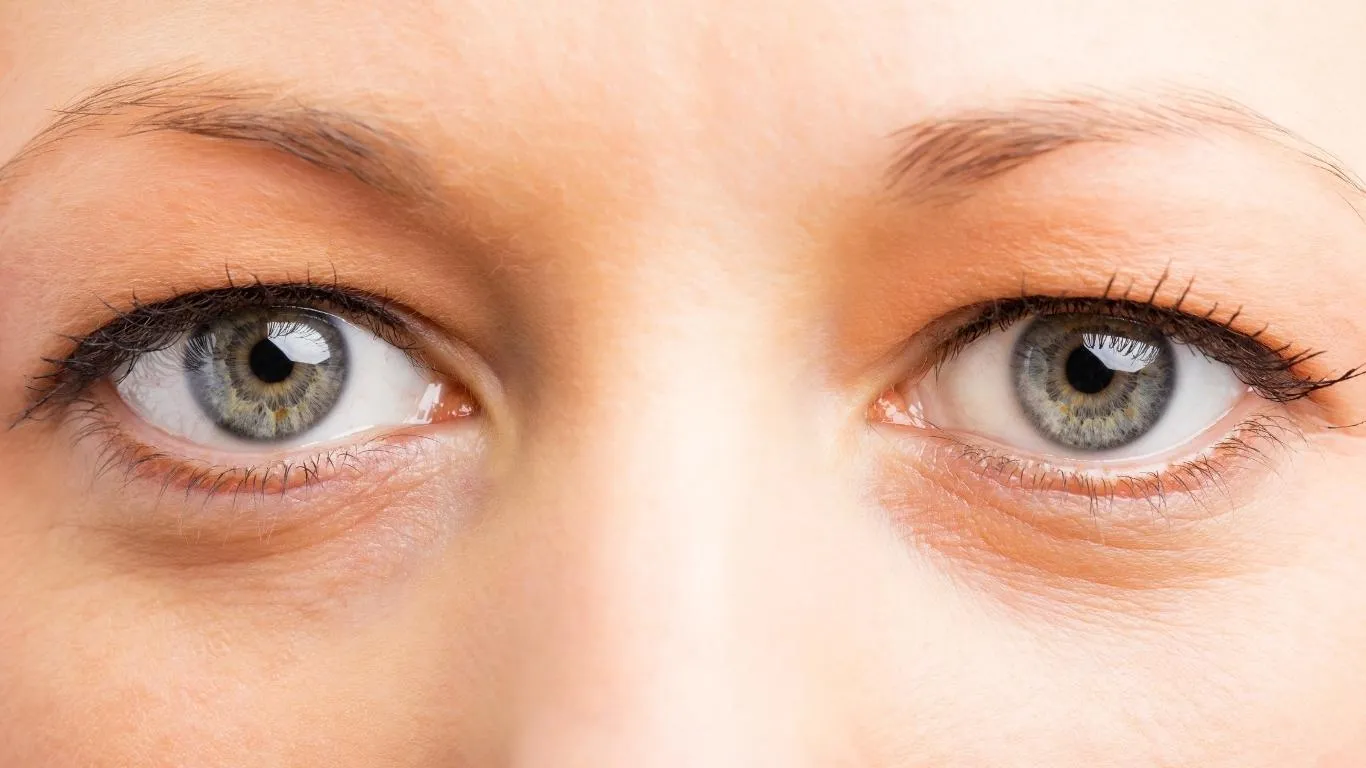
Floaters come in many shapes, but when they start forming patterns — especially linked or stringy ones — that’s when people get concerned. These aren’t just random specks drifting around. They often appear as:
- Interconnected dots forming a beaded string
- Curled, worm-like shapes
- Faint webs that move when your eye moves
From my experience, they were most noticeable while reading on my tablet at night or walking under harsh sunlight. Sometimes they’d disappear just as quickly as they appeared, but other times they’d linger like stubborn cobwebs.
Why Do These Chain-Like Floaters Happen?
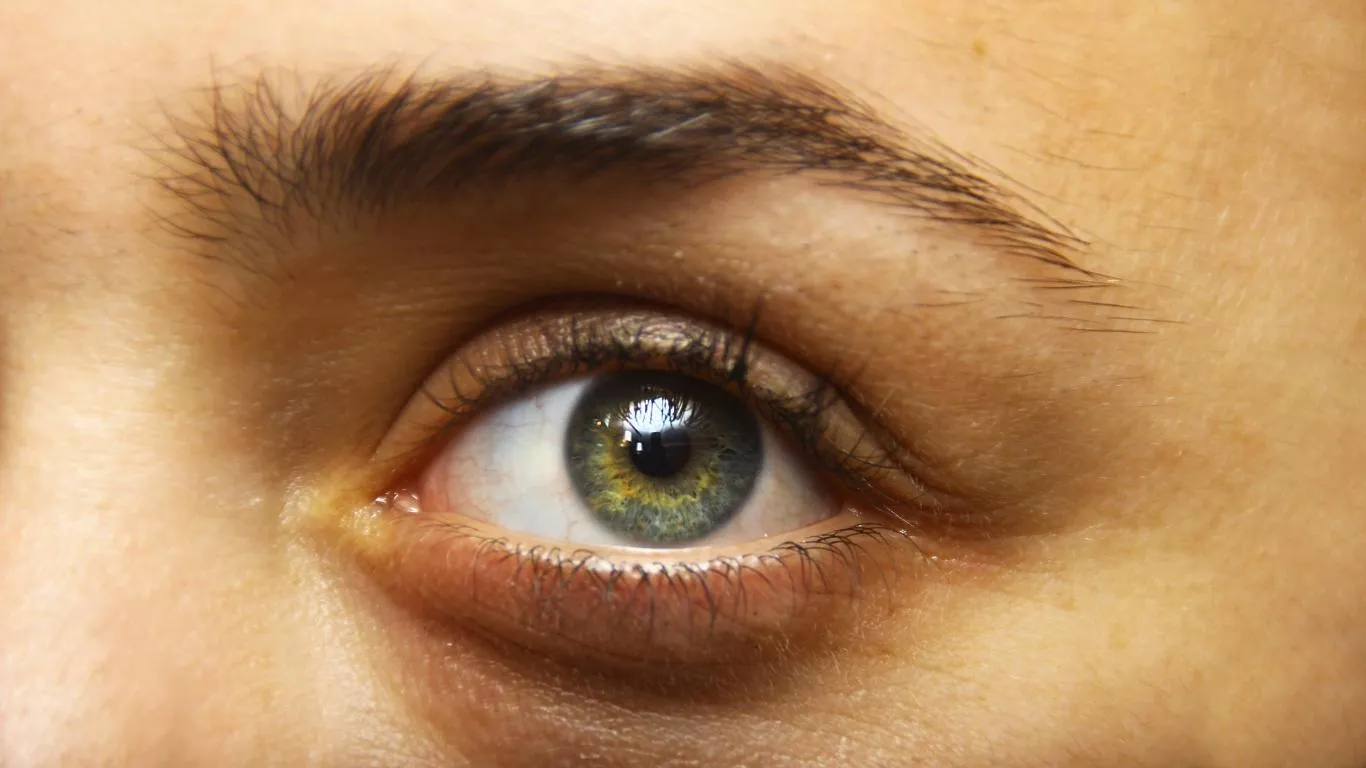
At the heart of it, you’re likely dealing with the natural breakdown of the vitreous — that jelly-like substance inside the eye. As we age, the vitreous starts to liquefy and pull away from the retina, causing microscopic fibers to clump together. Some of those clumps can appear like strands or chains.
Common Triggers
- Age-related vitreous detachment — A common cause for most adults over 50
- Stress or eye fatigue — Can make floaters more noticeable
- Post-surgical changes — Especially after procedures like cataract removal
- Eye infections or inflammation — Like keratitis or uveitis
While I’m in my early 40s, mine started showing up after a particularly stressful month with very little sleep. I later found out from my optometrist that my vitreous was showing early signs of liquefaction, which is more common than you’d think.
Should You Be Concerned?
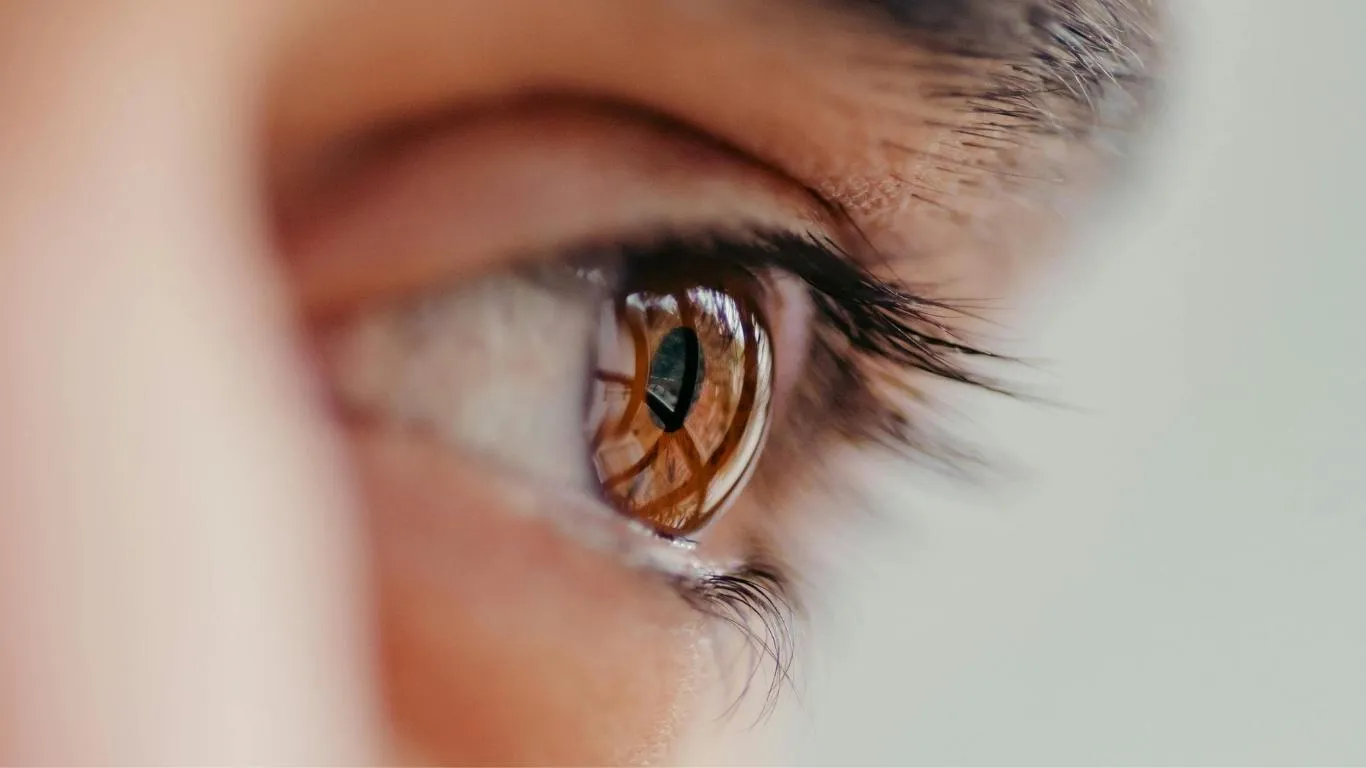
Here’s the thing — most floaters are harmless. But those that look like chains or strands can sometimes be early signs of a retinal issue. If you notice a sudden increase in number, flashes of light, or a shadow over your vision, it’s time to get checked ASAP. These could indicate a possible retinal tear or detachment.
Red Flags You Shouldn’t Ignore
- Sudden burst of new floaters
- Floaters accompanied by light flashes
- Dark curtain or shadow in peripheral vision
- Floaters with eye pain
Trust me, I’ve been there. I downplayed mine for weeks until I started noticing them more frequently while driving at night. One quick visit to my eye doctor gave me clarity (literally and figuratively), and I was told to keep monitoring them closely.
How Doctors Diagnose and Monitor Chain-Like Floaters

Getting checked out doesn’t mean you’re signing up for surgery. In fact, in most cases, you’ll just undergo a quick dilated eye exam so the ophthalmologist can see your vitreous and retina more clearly.
Common Diagnostic Methods
- Dilated fundus exam
- Optical coherence tomography (OCT)
- Ultrasound imaging if visibility is low
In my case, the dilated exam revealed no retinal damage — just clumping of the vitreous. I was told to keep an eye out for changes and return if anything got worse. For most people, that’s the case. But you should never assume — always let a professional decide.
Can Floaters That Look Like Chains Be Treated?
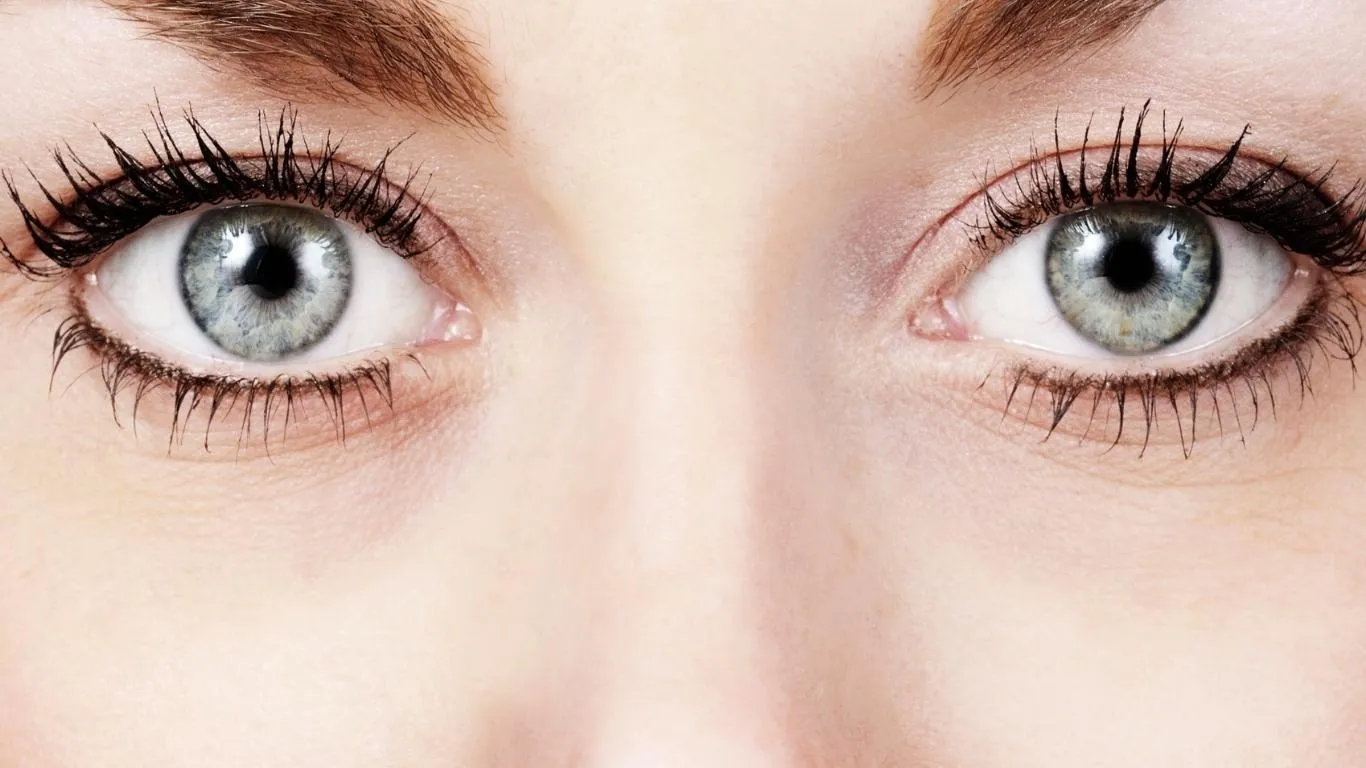
The answer is: it depends. Most doctors will recommend a “wait and watch” approach unless the floaters are severely impacting vision or quality of life. But there are treatment options if it becomes too much:
- Vitrectomy — Surgical removal of the vitreous, usually for severe cases
- Laser vitreolysis — A non-invasive laser treatment that breaks up floaters
- Natural lifestyle approaches — Hydration, better lighting, reducing screen strain
I personally didn’t opt for treatment since mine weren’t significantly interfering with my daily routine, but I did tweak my work setup with better lighting and took more eye breaks — which honestly made a surprising difference.
For a deeper understanding of floaters and all treatment possibilities, this comprehensive treatment guide offers a solid breakdown.
Also, for a detailed look at what causes floaters and when they become serious, check out our main resource on floaters and the broader insights at causes of eye floaters.
According to American Academy of Ophthalmology, floaters that resemble chains or strands aren’t unusual, especially with aging, but monitoring changes is critical. Mayo Clinic also reinforces that sudden onset or increase in floaters should be treated as an emergency.
Do Chain-Like Floaters Ever Go Away on Their Own?
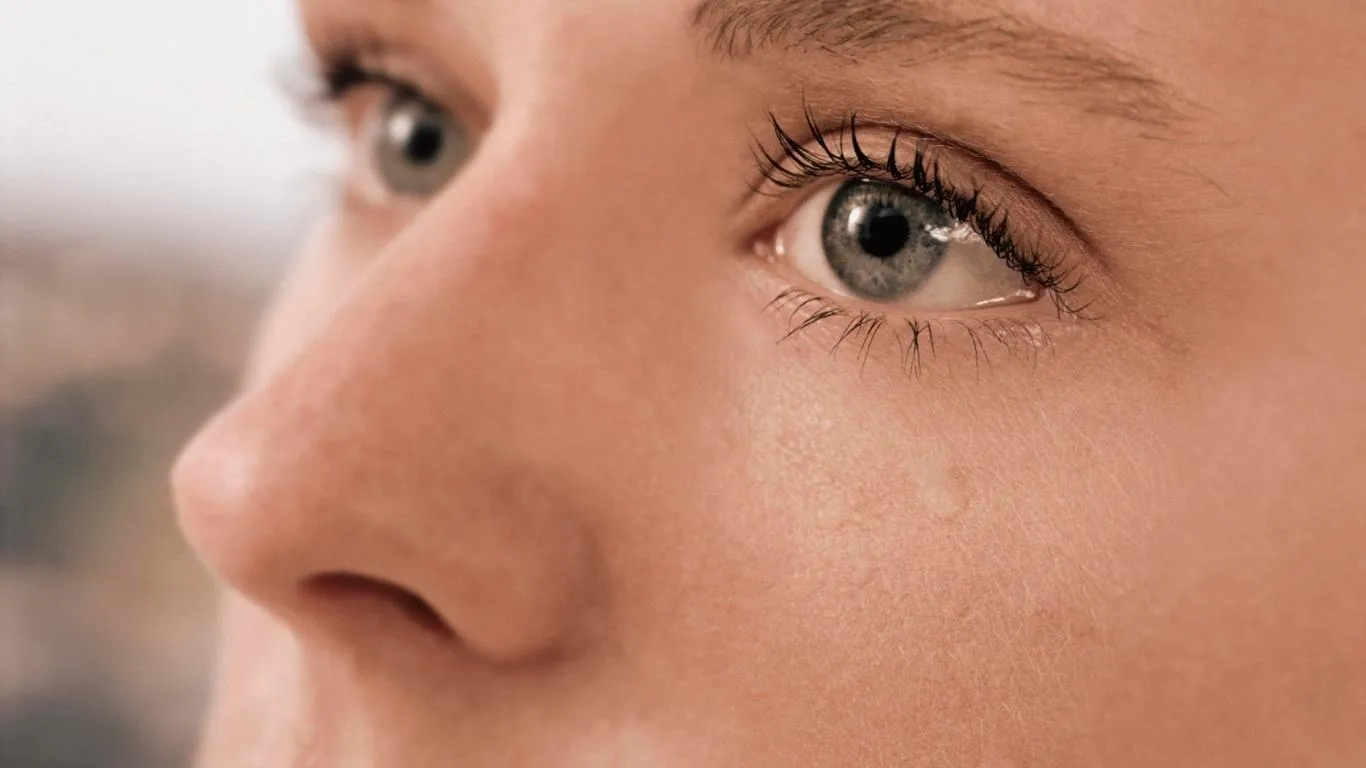
This was my biggest question early on: “Are these things permanent?” The honest answer? Sometimes they fade — sometimes they don’t. Floaters that look like strands often settle below the line of sight as gravity pulls the vitreous downward. Over weeks or months, many people report seeing them less, or not at all.
In my case, those stringy floaters that first freaked me out last summer? Most of them are barely noticeable now. I didn’t do anything fancy — they just slowly drifted out of view. For some folks, though, they can linger for years. It really depends on the density, size, and location within the vitreous.
What Helps Them Fade Naturally?
- Staying hydrated — The vitreous is over 98% water
- Eye movement exercises — Shifting focus from near to far objects
- Gentle eye rotations to help move floaters out of central vision
- Getting enough sleep to support eye health recovery
If you’re looking for more natural options, here’s a helpful page with natural floater management tips that actually make sense and aren’t just random herbal suggestions.
How Lifestyle Affects Floaters That Look Like Strands
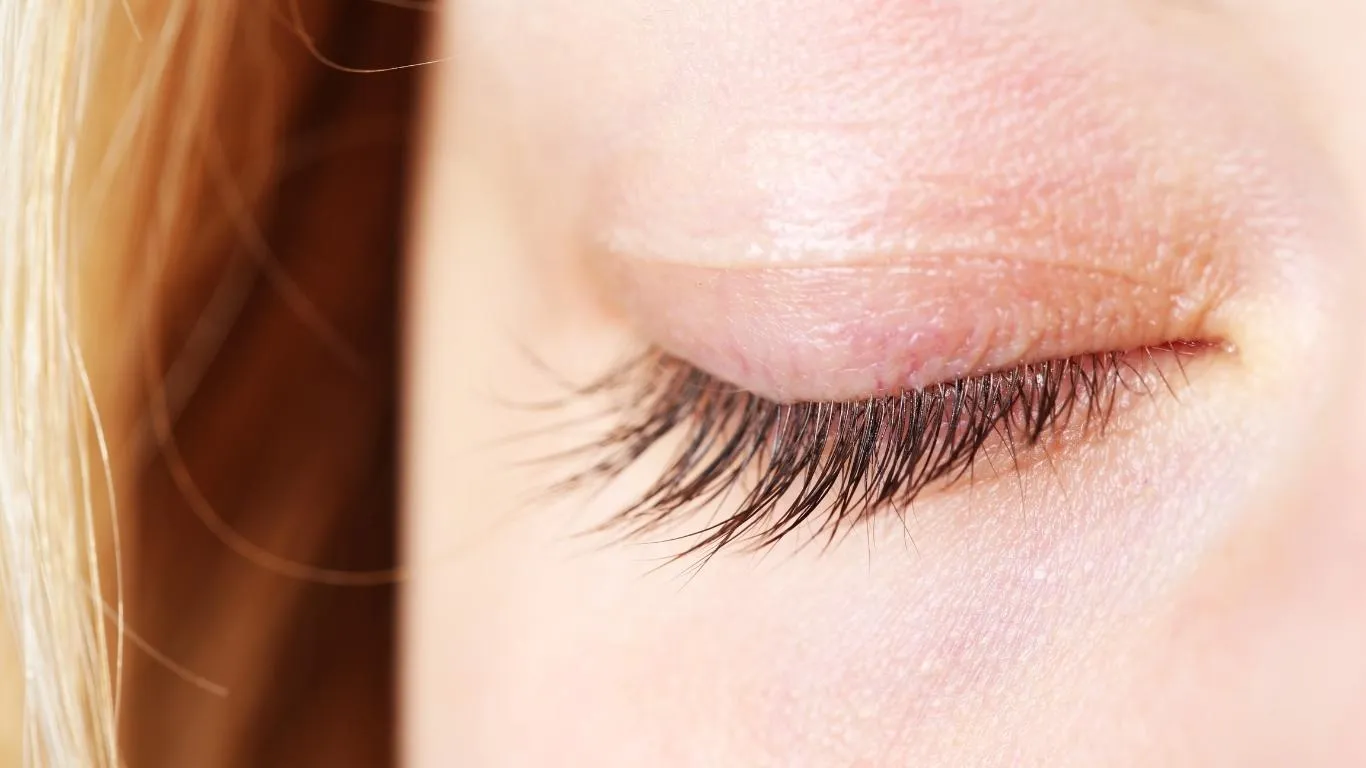
This is the part most doctors won’t dive deep into, but I feel like it’s underrated. Floaters, even if harmless medically, can become more annoying with poor habits. I noticed mine were worse after long hours in front of my monitor, especially when the screen background was white — floaters just pop more in contrast.
Everyday Triggers That Make Floaters More Noticeable
- High screen time, especially with no blue light filters
- Dehydration — Even mild fluid loss affects eye clarity
- Lack of proper sleep
- Bright outdoor environments
- Eye strain from poor lighting conditions
One small change that helped me personally was switching my screen mode to dark background with light text. It may not remove the floaters, but it really helps reduce how often I see them.
How to Manage the Anxiety That Comes With Floaters

Let’s talk real for a second — floaters that look like chains or webs aren’t just a visual issue. They can affect mental health, too. I didn’t expect it, but constantly noticing these things floating around made me anxious and distracted. I even had trouble focusing at work.
Turns out, this is common. Floaters and anxiety are surprisingly linked, especially when they interfere with reading, driving, or even just relaxing outside.
What Helped Me Cope
- Acceptance — Reminding myself they’re harmless in my case
- Reducing “visual triggers” like harsh lighting
- Mindfulness apps and short guided meditations
- Talking to my optometrist to get reassurance
It helps to know you’re not crazy or alone. Many people silently deal with this every day — and there’s no shame in admitting it bothers you. You’re not imagining things. These floaters are real, and so is the frustration they bring.
When Surgery Becomes a Serious Option
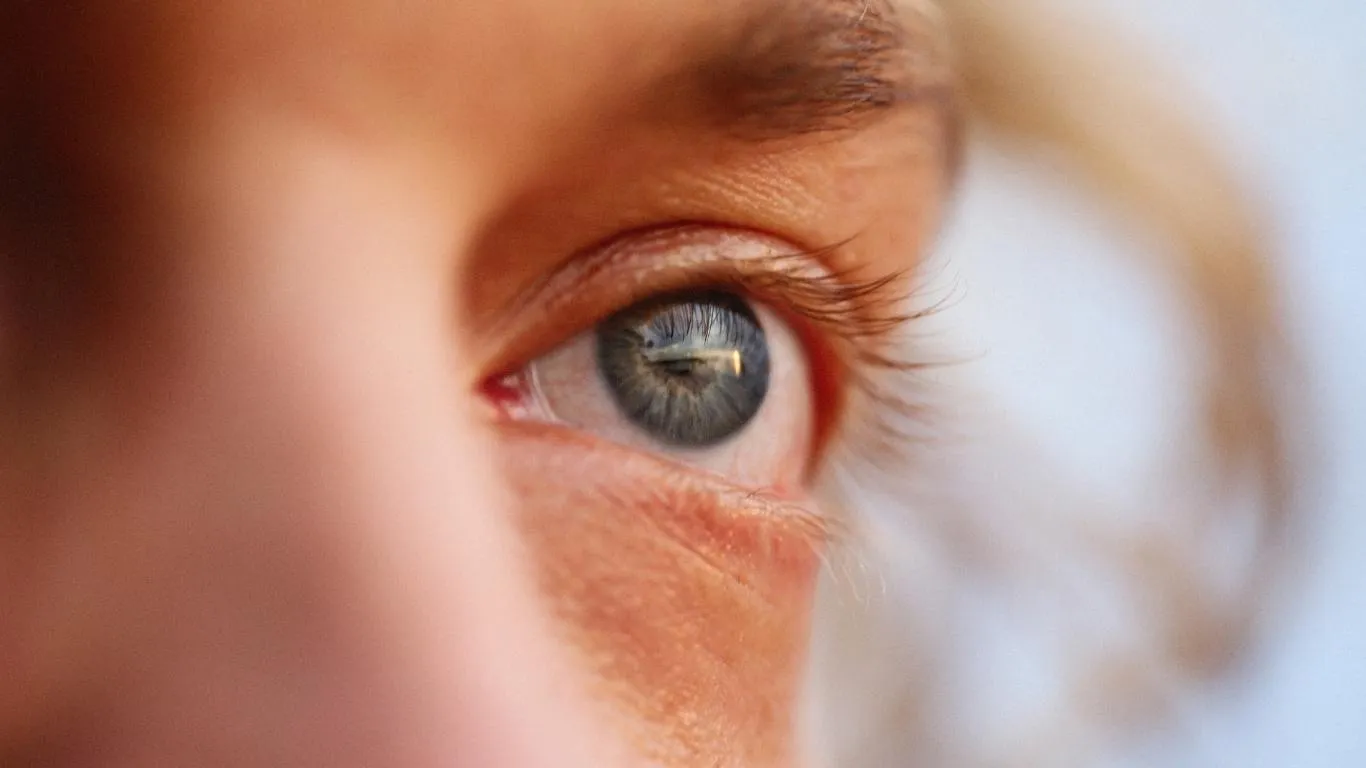
In rare but valid cases, floaters that appear as chains or thick strands may warrant medical intervention. If they start interfering with your reading, driving, or daily life, a doctor might bring up vitrectomy or laser vitreolysis.
Now, these aren’t quick-fix solutions. Vitrectomy, for example, comes with risks like retinal detachment or cataract development. But for someone whose floaters are unbearable, it may offer relief. A close friend of mine opted for laser treatment last year, and while results vary, he’s noticed a 70% improvement.
For deeper context and medical insights, here’s a trusted breakdown on eye floater treatments — including what’s worth considering and what’s not.
Keep Tabs On Changes – But Don’t Obsess
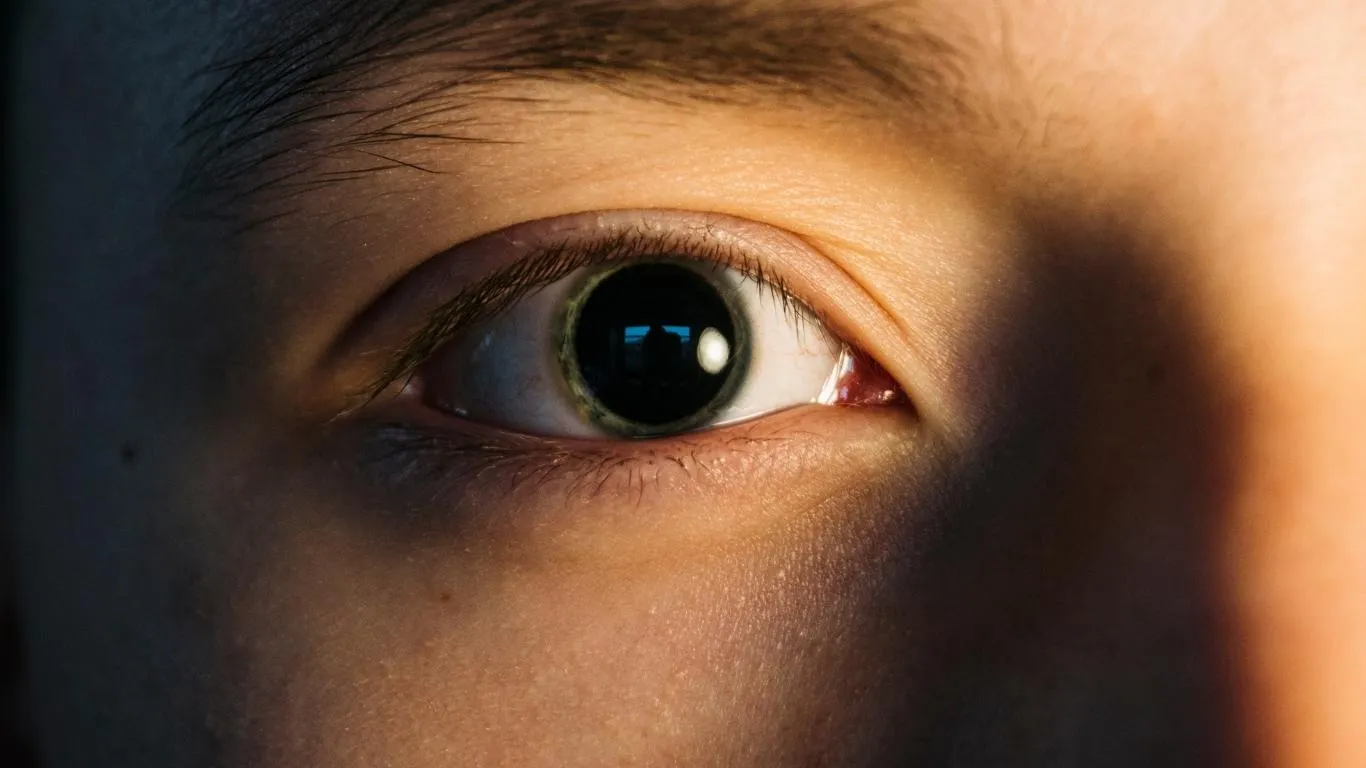
One of the best habits I’ve picked up? Keeping a simple floater journal. Nothing fancy — just quick notes about when I notice them, how they look, and whether they’re changing. It helps with perspective and gives useful info to share with your eye doctor during checkups.
Use tools like digital calendars or even phone notes. Here’s a practical article about how to monitor floater progression effectively, without going overboard.
Building Long-Term Eye Health for a Floater-Free Future
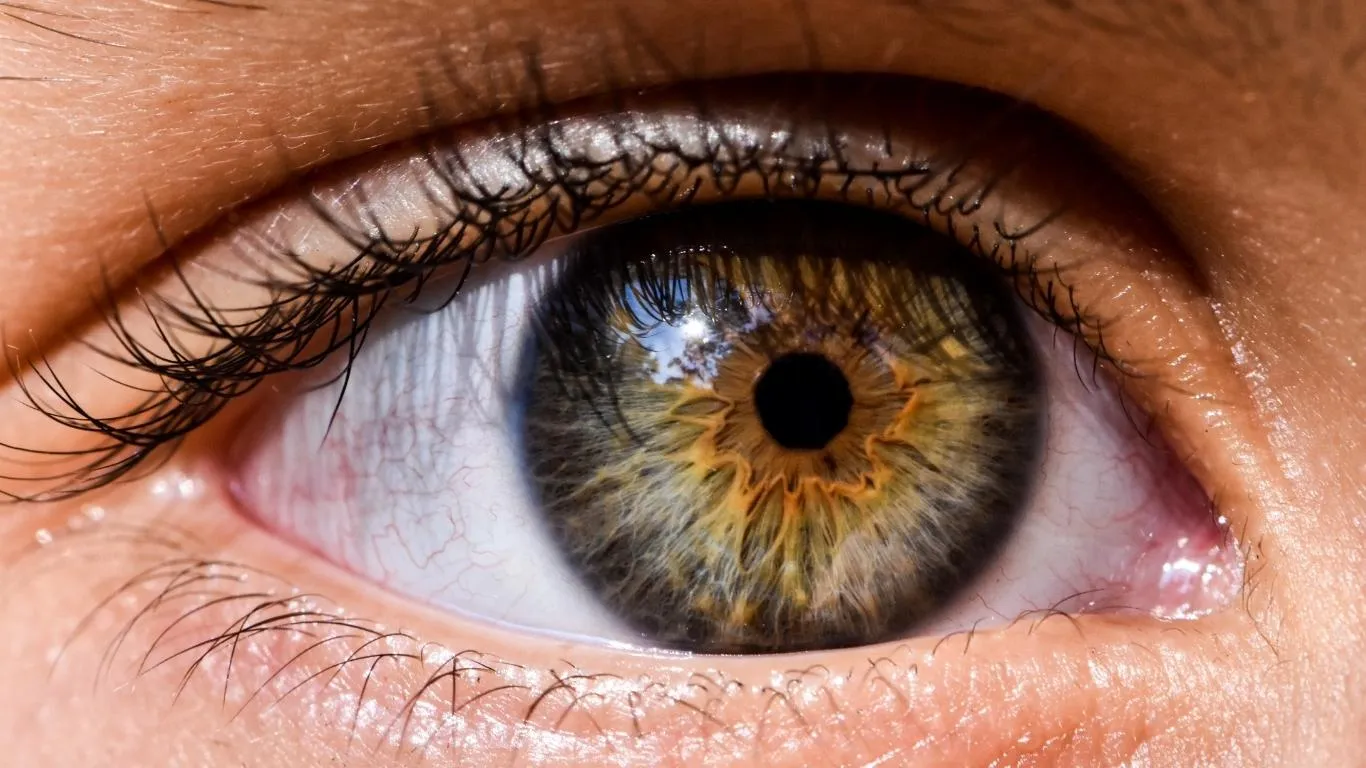
Lastly — and this is huge — don’t underestimate the power of prevention. Even though some floaters are just part of aging, small habits go a long way in keeping your eyes clear and healthy.
Daily Practices That Make a Difference
- Drinking more water — always the first step
- Clean, nutrient-rich diet with leafy greens and healthy fats
- Screen breaks every 20 minutes
- Wearing sunglasses outdoors to reduce light glare
- Considering vision-supporting supplements like lutein and omega-3s
For full context, the eye floater guide breaks it all down — from science to strategy — and is worth bookmarking.
Want to understand more about how these floaters differ from other vision issues? You might find this helpful: eye floaters vs. other eye problems.
And if you’re still unsure whether your floaters are normal or something bigger, this article lays out signs when floaters are dangerous in clear terms.
For more medical background and guidance, visit Cleveland Clinic and WebMD — both offer solid, up-to-date insights.

Camellia Wulansari is a dedicated Medical Assistant at a local clinic and a passionate health writer at Healthusias.com. With years of hands-on experience in patient care and a deep interest in preventive medicine, she bridges the gap between clinical knowledge and accessible health information. Camellia specializes in writing about digestive health, chronic conditions like GERD and hypertension, respiratory issues, and autoimmune diseases, aiming to empower readers with practical, easy-to-understand insights. When she’s not assisting patients or writing, you’ll find her enjoying quiet mornings with coffee and a medical journal in hand—or jamming to her favorite metal band, Lamb of God.
